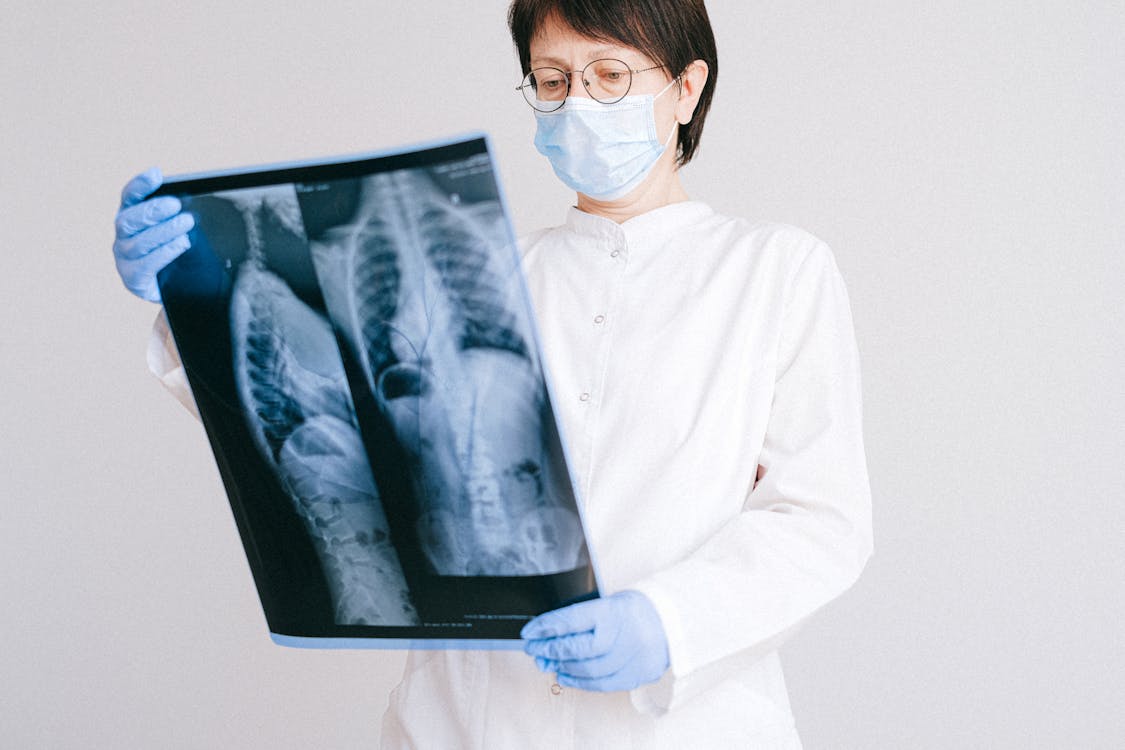Improving Rural Healthcare Infrastructure for Better Patient Outcomes

Rural communities face serious healthcare challenges due to limited facilities and a shortage of medical professionals. Many patients must travel long distances for basic care, leading to delays in treatment and worsening health conditions.
Emergency services are often stretched thin, and preventive care programs remain underdeveloped. Telemedicine offers potential solutions, but many areas still lack the infrastructure to support it. Workforce shortages also make it difficult for rural hospitals to provide consistent, high-quality care.
How can these issues be addressed to ensure better patient outcomes? In this article, we explore key strategies to strengthen rural healthcare systems and improve access to essential services.
Expanding Healthcare Facilities in Underserved Regions
CDC notes that one in five U.S. residents lives in rural areas, facing unique health risks daily. Several demographic, economic, and environmental factors increase mortality rates compared to urban populations. Limited healthcare access and economic challenges contribute to these alarming disparities in rural health.
Traveling long distances for treatment can worsen health conditions and increase costs. Building more community clinics and small hospitals improves access to routine and urgent care.
Upgrading existing facilities with modern equipment ensures better treatment options for rural patients. Public-private partnerships can encourage investment in rural healthcare expansion. Mobile health units bring medical services directly to isolated communities.
Preventive care programs help reduce hospital visits and improve overall patient health. Expanding healthcare facilities support long-term wellness and reduce strain on urban hospitals. Stronger infrastructure leads to better health outcomes in underserved regions.
Leveraging Telemedicine for Remote Patient Care
Telemedicine provides rural patients with access to specialists and follow-up care from home. Virtual consultations help those with mobility issues or chronic conditions receive timely medical advice. Rural clinics benefit from telehealth partnerships with larger medical centers for expert guidance.
Strong internet access is essential for reliable telemedicine services in remote areas. Training local healthcare workers on telehealth tools improves patient care experiences. Telemedicine reduces hospital visits and eases pressure on emergency departments.
Patients in isolated areas receive expert care without traveling long distances. Virtual health services support better disease management and preventive care efforts. Expanding telemedicine improves healthcare access and overall patient well-being.
It’s worth noting that, as per telehealth. HHS.gov, clinicians must hold licenses in the states where they provide virtual care. Several programs allow clinicians to extend their licenses without applying through each state’s licensing board. These agreements help providers expand their reach while maintaining regulatory compliance.
Strengthening Healthcare Workforce Development
A well-trained healthcare workforce is essential for improving patient care in rural areas. One of the most effective ways to address workforce shortages is by encouraging more professionals to work in these regions.
Incentives such as student loan forgiveness, competitive salaries, and housing assistance can attract healthcare workers to underserved areas. Additionally, nursing programs play a crucial role in strengthening the workforce.
According to Saint Joseph’s College of Maine, Bachelor of Science in Nursing (BSN) programs prepare nurses with advanced clinical skills. These programs also provide specialized knowledge needed to handle complex cases. Encouraging healthcare workers to earn a BSN improves patient care quality and ensures comprehensive treatment.
NurseJournal.org mentions that a BSN program typically takes four years to complete. Tuition costs range from $39,000 to $70,800, depending on the institution. Room and board costs are separate and vary based on location and housing choices.
Rural hospitals benefit when BSN graduates receive accessible training through online and hybrid programs. The Accelerated BSN program is also an excellent option for those with a non-nursing background. It addresses healthcare shortages by allowing non-nursing students to transition into nursing roles quickly and effectively.
Improving Emergency Response Systems in Rural Areas
Emergency medical services in rural areas often face long response times and limited resources. Well-equipped ambulances and air medical transport improve survival rates for critical patients.
Strong communication systems help first responders coordinate with hospitals for faster treatment. Community training programs teach residents basic first aid and CPR skills.
Moreover, rural hospitals need more trauma centers to handle life-threatening emergencies effectively. These areas lack enough high-level trauma centers, making timely access to critical care a major challenge.
NIH mentions that trauma centers in the United States receive designation through state or regional authorities, not hospitals. Each state has unique criteria for trauma center levels, ranging from Level I to Level V.
Level I centers provide the most comprehensive care for critically injured patients. Lower-level centers stabilize patients before transferring them to higher-level facilities for specialized treatment.
FAQs
How can rural hospitals maintain financial stability?
Rural hospitals struggle financially due to lower patient volumes and reimbursement disparities. Implementing cost-efficient care models, securing grants, and leveraging telemedicine services can help sustain operations. Community support and government-backed funding programs also ensure financial viability for rural healthcare facilities.
What training do healthcare workers need for telemedicine?
Clinicians require technical training to use telemedicine platforms effectively, ensuring seamless patient interactions. They must understand digital security protocols to protect patient privacy and comply with telehealth regulations. Training programs improve confidence in virtual care delivery, making telemedicine a reliable healthcare alternative.
What role do community volunteers play in rural emergency response?
Trained volunteers provide essential medical aid before first responders arrive, reducing response time gaps in remote areas and improving patient survival rates. Community emergency programs equip residents with life-saving skills, enhancing preparedness and ensuring faster assistance in critical situations.
Improving rural healthcare requires a strategic approach that connects infrastructure, technology, and workforce development. Strong investments help rural communities become more self-sufficient and improve healthcare access. Preventive care programs reduce hospital visits and keep communities healthier in the long run.
Telemedicine bridges the gap for remote patients needing specialized care. Empowering local healthcare professionals strengthens the system and ensures consistent, high-quality treatment. Rural hospitals benefit from better funding, upgraded facilities, and workforce incentives.
